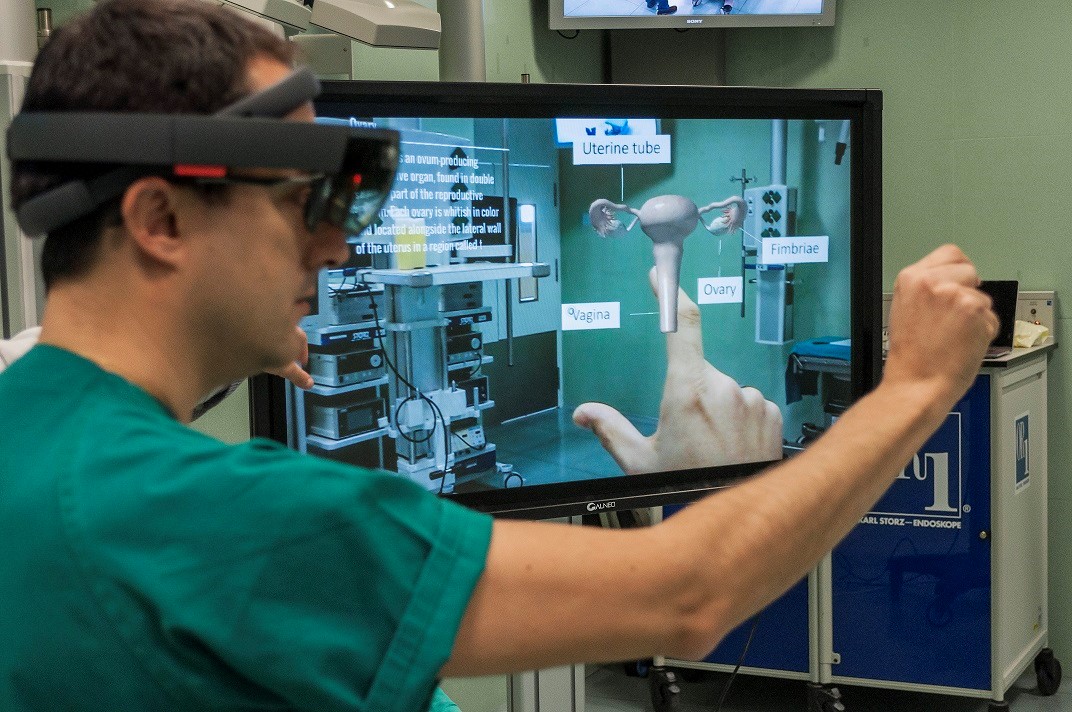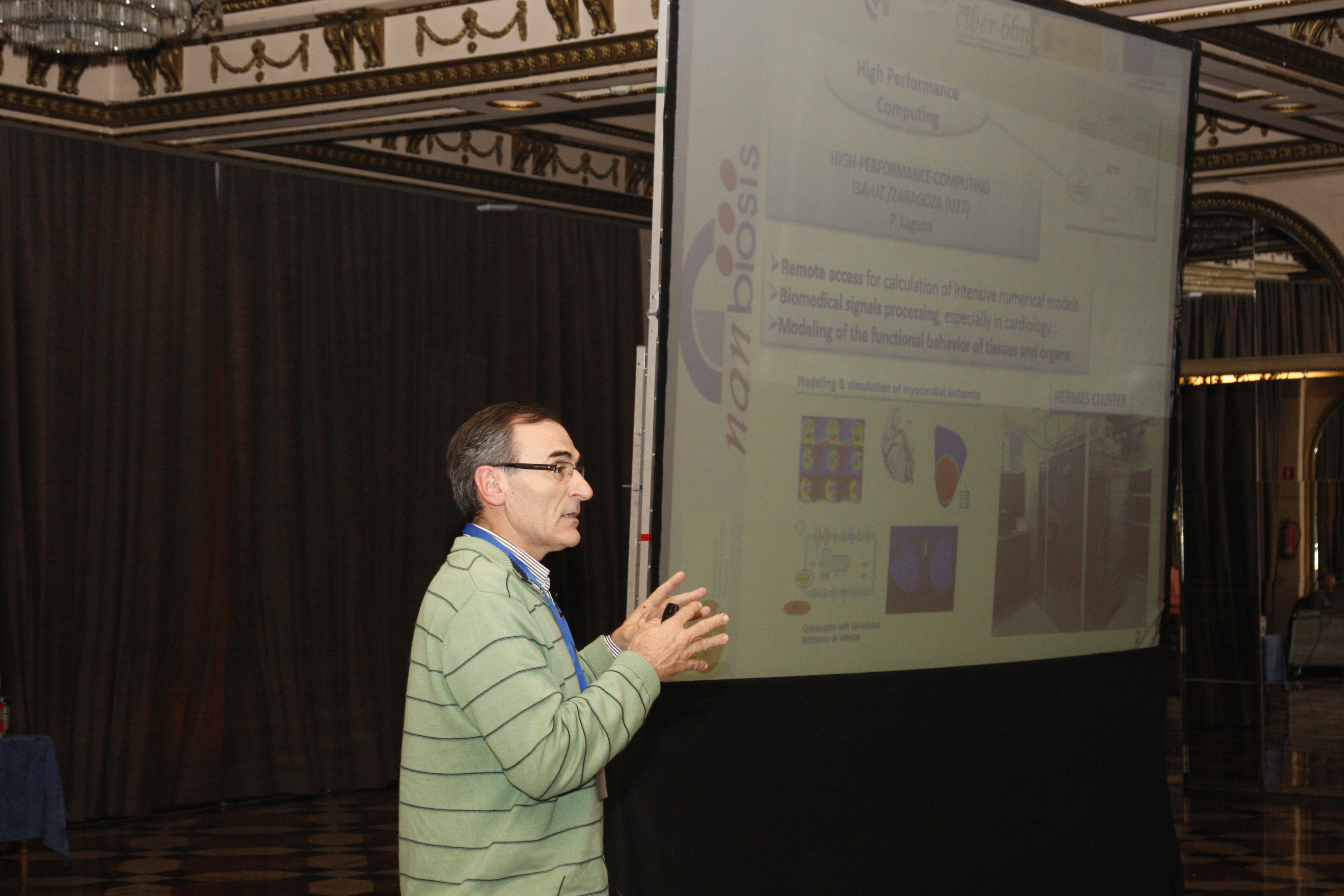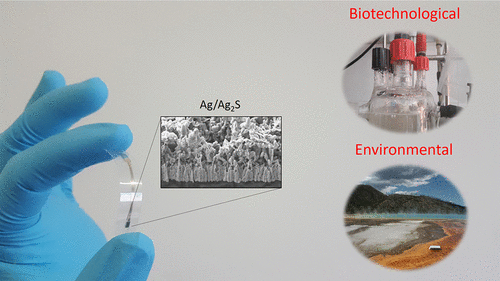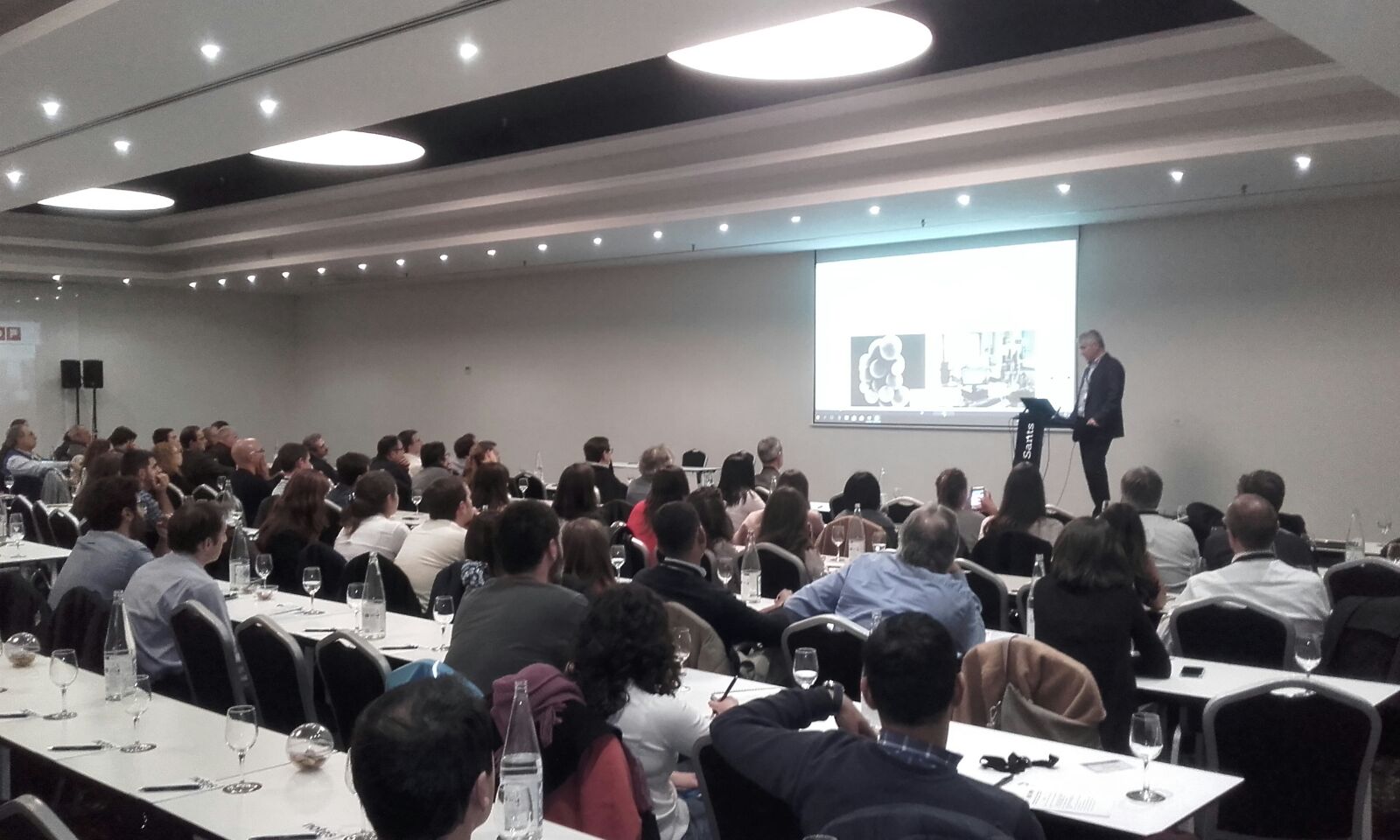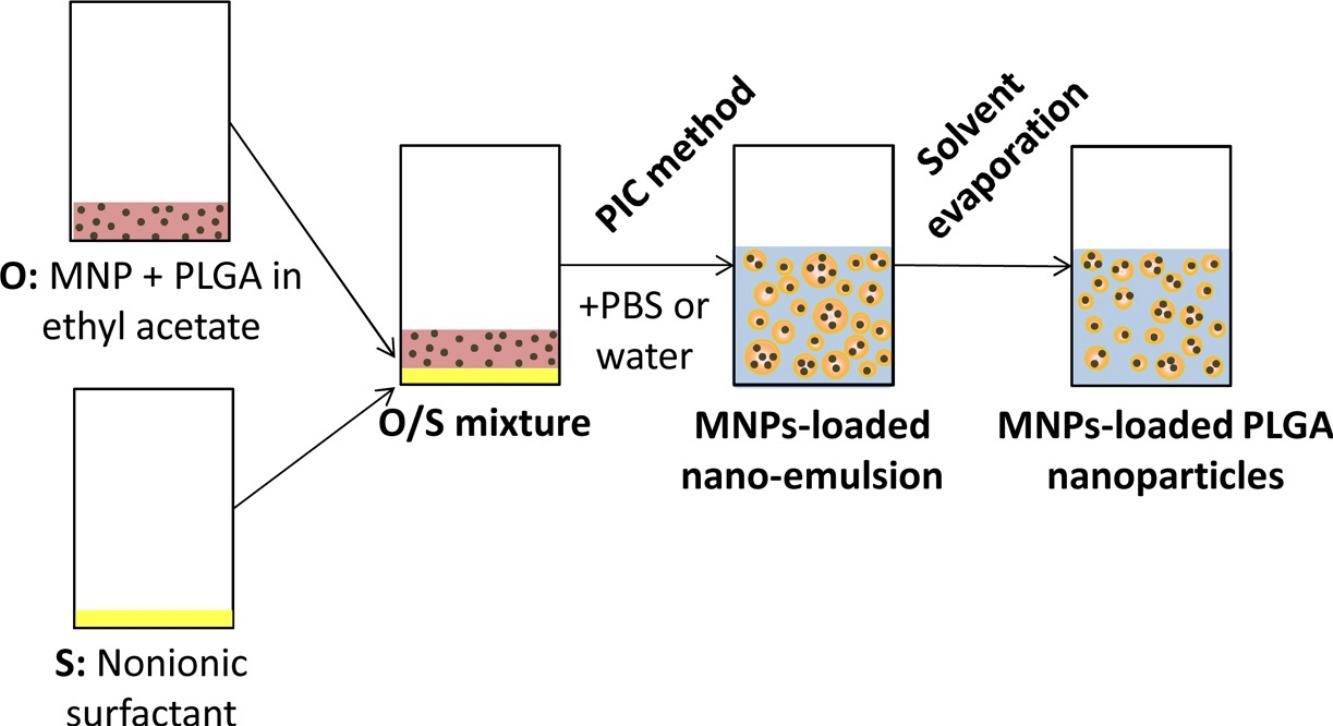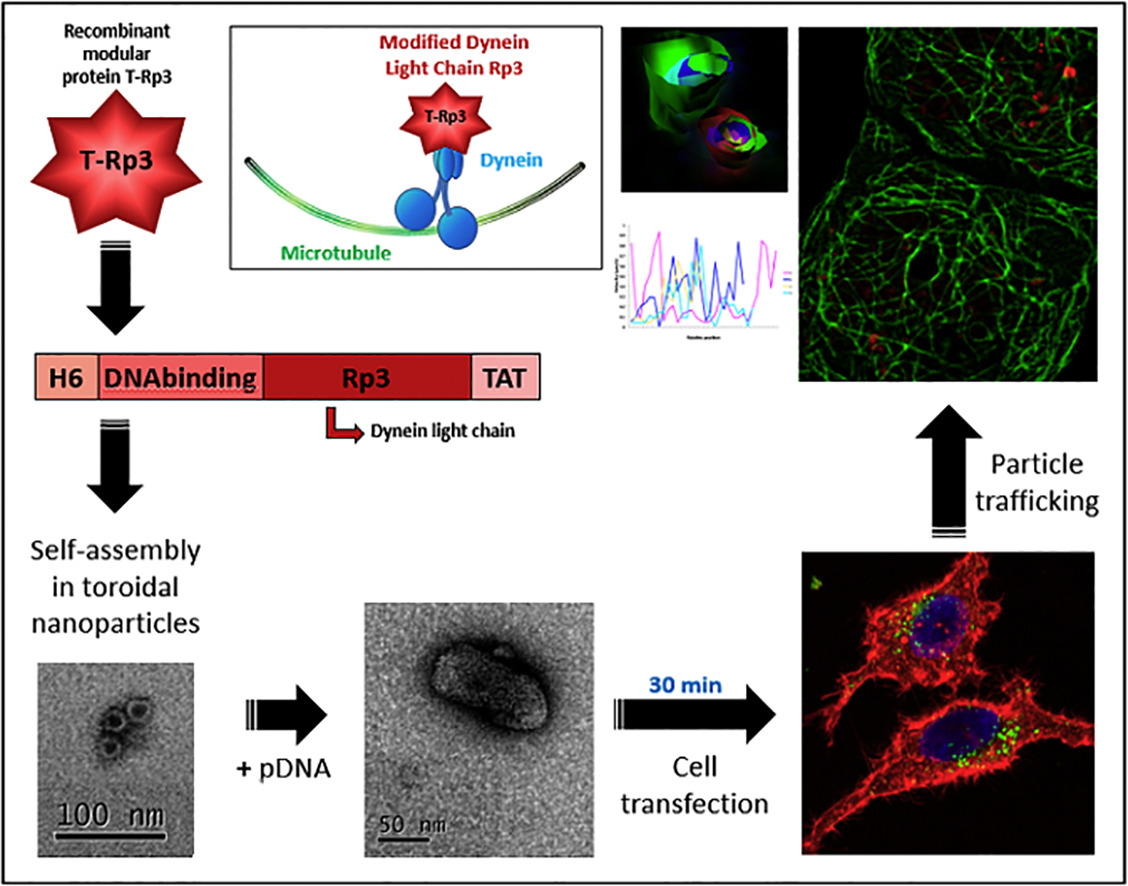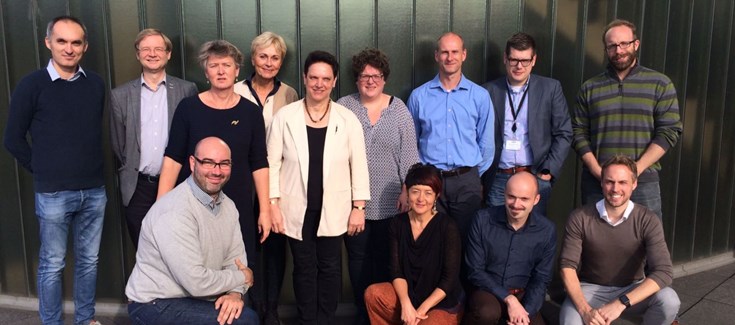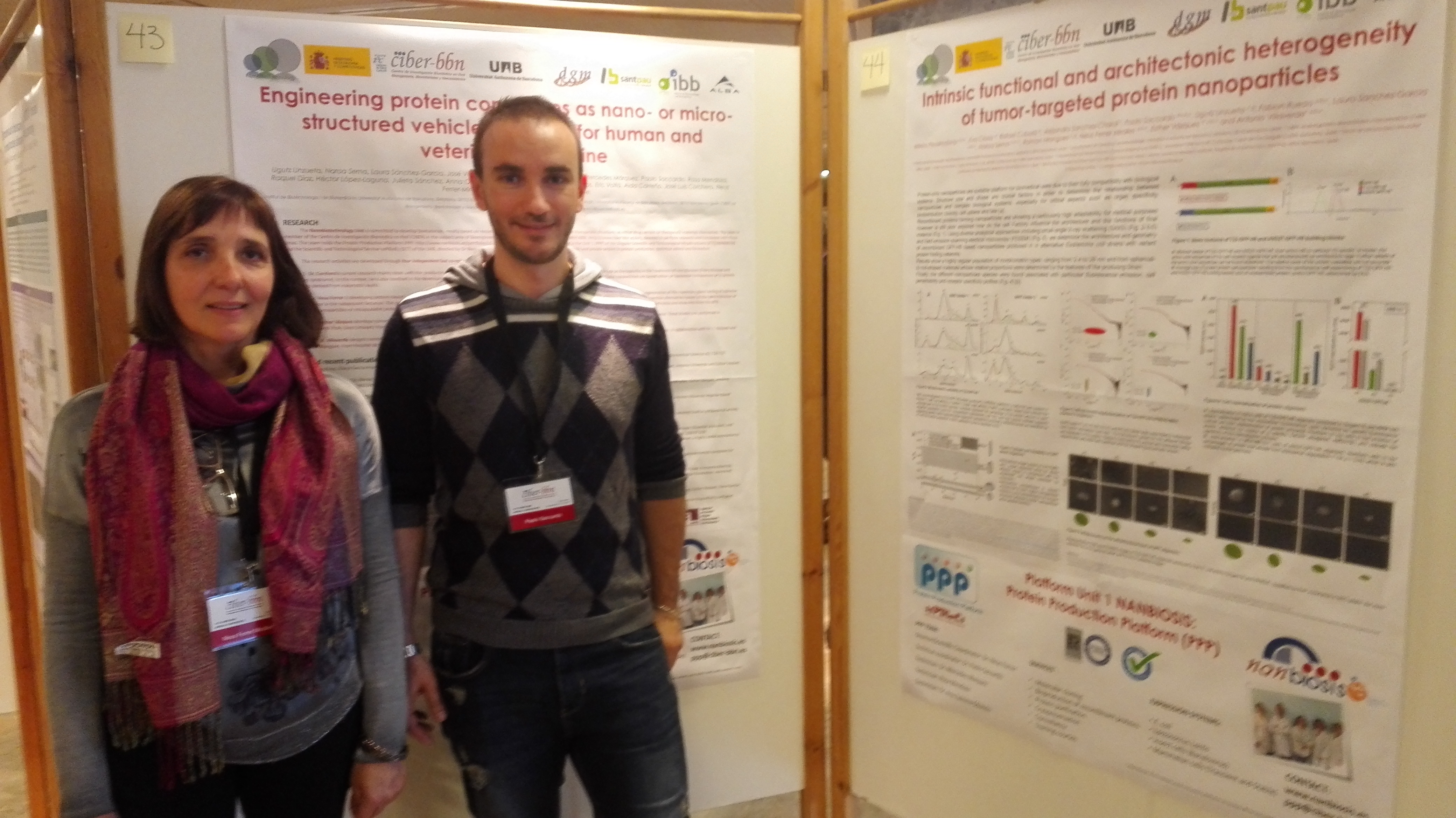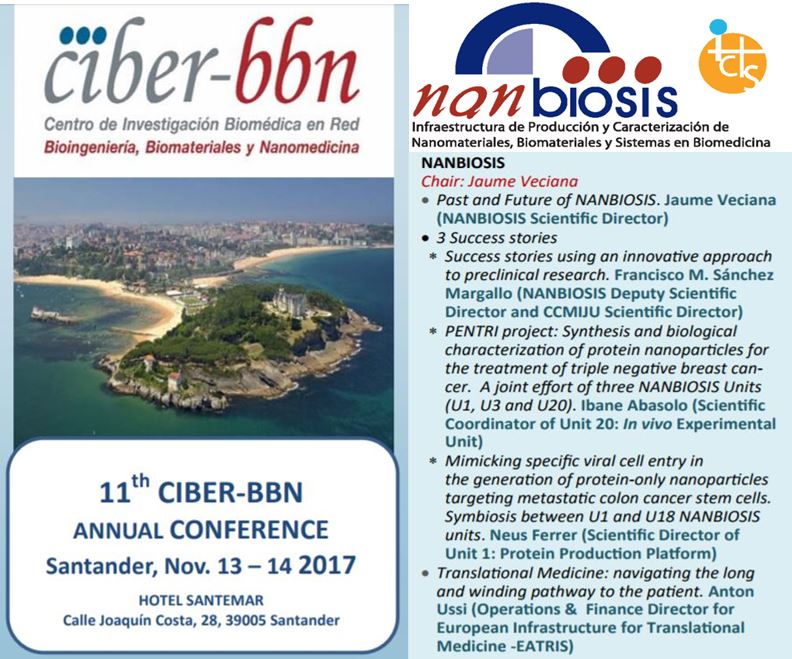The Minimally Invasive Surgery Centre uses HoloLens glasses for medical training and surgical assistance in urology
The Minimally Invasive Surgery Centre, partner of NANBIOSIS, has developed a software platform to apply mixed reality to medical training and surgical assistance. This will enable the creation of new and more realistic scenarios for medical training and improve surgical results.
The Minimally Invasive Surgery Centre (CCMIJU) uses mixed reality technology, by means of the Microsoft’s HoloLens glasses, to help train future healthcare professionals and provide an assistance tool for complex surgeries.
The institution located in Cáceres has begun using the mixed reality glasses, whose technology combines virtual reality with augmented reality, with the aim of developing, on the one hand, a medical training platform for the anatomy of the pelvic floor, and on the other, a tool for surgical assistance during renal tumor resection procedures.
The use of this technology will benefit both medical students and residents, as well as surgeons. For the former, a software application has been developed and integrated in the HoloLens glasses, that will allow them to visualize and interact with the human anatomy of the pelvis -with and without pathologies- both at muscular, vascular, bone and nervous systems levels. This will facilitate its translation to the real medical practice.
As for the surgeons, this technology will provide access to preoperative studies and real 3D models of the patient in the form of virtual holograms, facilitating the surgical planning and assistance during the abovementioned renal interventions.
The software, developed entirely at the CCMIJU, is in its validation phase in operating rooms. For the first time, and using their own 3D anatomical models, this type of technology is being used for training on the pelvic floor anatomy and for surgical assistance in renal tumor resections.
This R&D line arises from public-private cooperation. The CCMIJU’s team, led by Dr. Francisco Miguel Sánchez Margallo, Scientific Director of this institution, consists of engineers and staff of the Interactive 3D Unit of the Centre who work together with the company CIBEX on the development of new surgical applications. This alliance will enable healthcare professionals to use this emerging technology in challenging surgical interventions and carry out more effective and safe surgeries.
